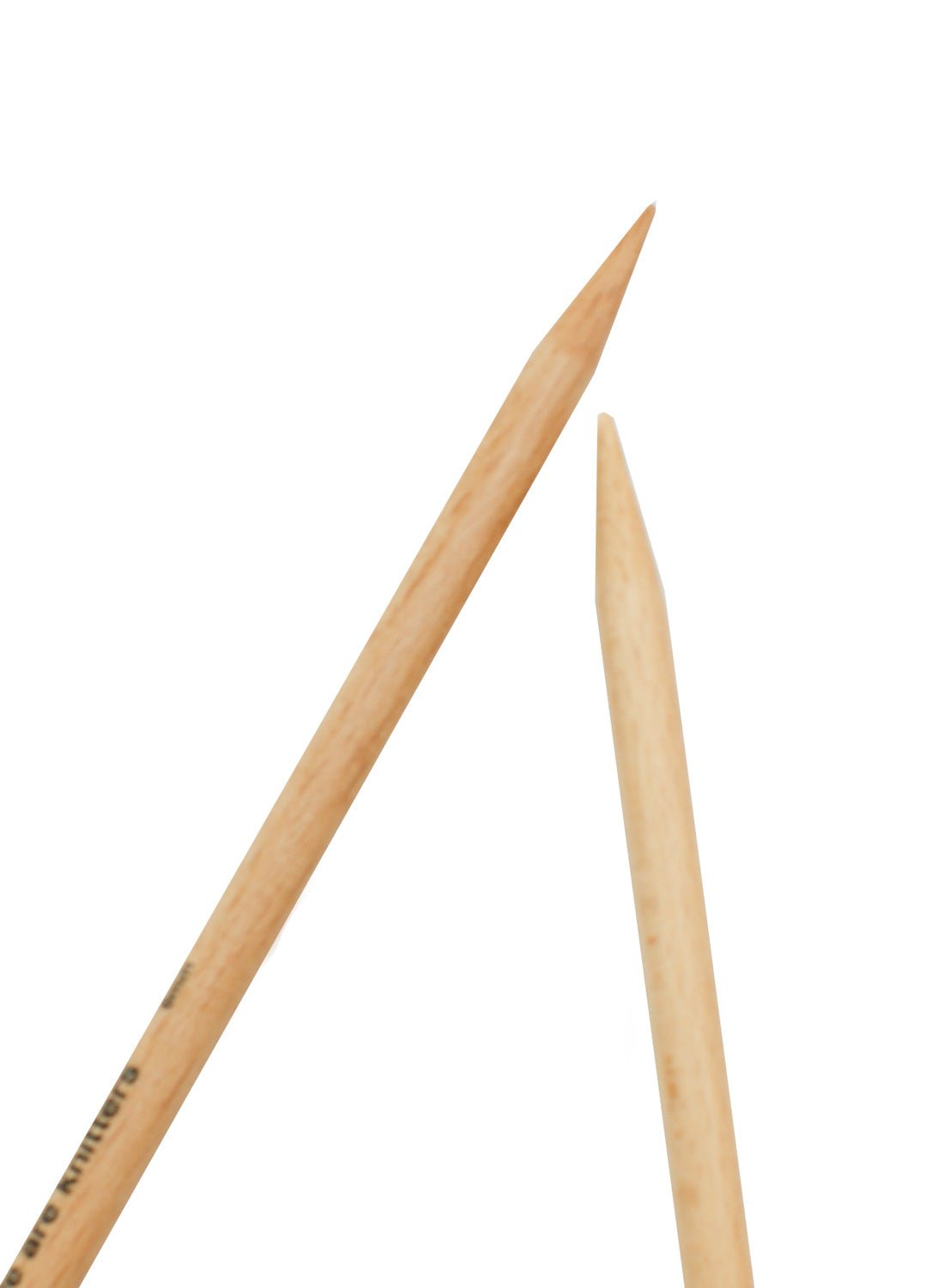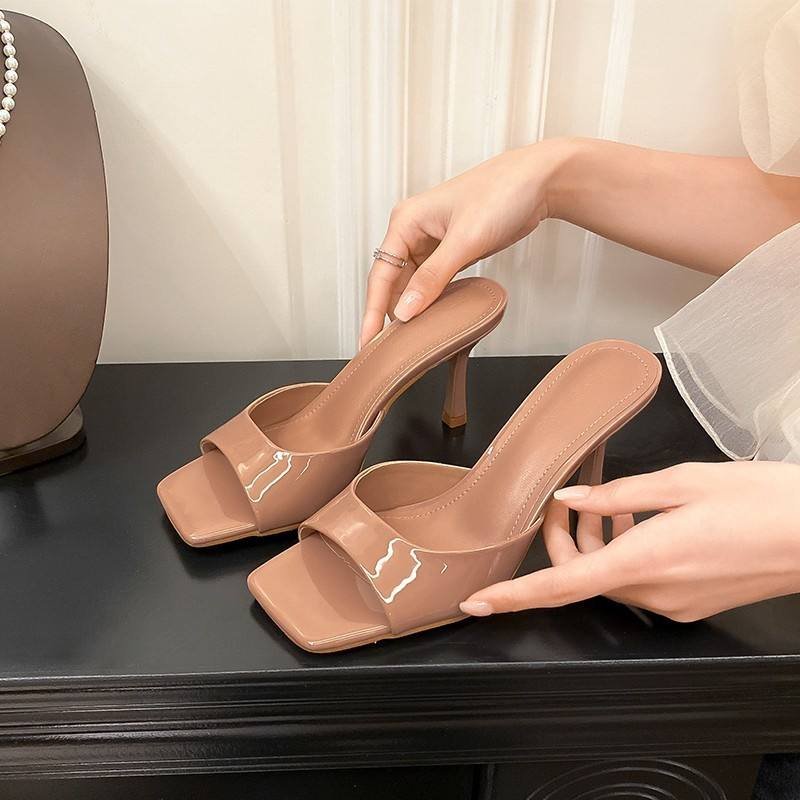Looking for the perfect knitting pin to enhance your knitting experience? Look no further! The world of knitting pins is vast and varied, offering a plethora of options to suit every knitter’s unique needs and preferences. From sleek metal pins for speedy projects to ergonomic wooden pins for comfort, there’s a knitting pin out there waiting to become your new favorite tool. Let’s dive into the world of knitting pins and discover the perfect match for your next project.
The Wonderful World of Knitting Pins: Everything You Need to Know
Welcome to the colorful and cozy world of knitting! If you are a budding knitter or an experienced yarn enthusiast, you have probably come across the essential tool known as a knitting pin. In this detailed guide, we will dive into everything you need to know about knitting pins, from their history to how to choose the right one for your project.
What Exactly is a Knitting Pin?
A knitting pin, also known as a knitting needle, is a long and slender tool used to create knitted fabrics by hand. These pins come in various materials, lengths, and sizes, each serving a different purpose in the art of knitting. Whether you’re knitting a cozy scarf or a trendy sweater, the right knitting pin can make all the difference in your crafting journey.
The Evolution of Knitting Pins
Knitting pins have a rich history that dates back centuries. In ancient times, knitters used rudimentary pins made from materials like wood, bone, and metal to create intricate textiles. As technology advanced, knitting pins evolved to include more ergonomic designs and innovative materials that cater to the needs of modern knitters.
Traditional vs. Modern Knitting Pins
Traditional knitting pins were often handmade and passed down through generations, adding a sentimental value to each stitch created. In contrast, modern knitting pins are mass-produced with materials like aluminum, bamboo, and plastic, offering a wide range of choices for knitters of all levels.
Types of Knitting Pins
There are two main types of knitting pins: straight pins and circular pins. Straight pins are classic in design, with a pointed end on one side and a knob or stopper on the other to prevent stitches from falling off. Circular pins have two needles connected by a flexible cable, ideal for knitting projects in the round or larger items like blankets and sweaters.
Materials Used in Knitting Pins
Knitting pins are crafted from various materials, each offering unique benefits for different knitting projects. Common materials include:
- Wood: Provides warmth and flexibility, perfect for delicate yarns
- Metal: Offers durability and speed when working with heavier yarns
- Bamboo: Lightweight and eco-friendly, great for reducing hand strain
- Plastic: Affordable and colorful, ideal for beginners and children
Choosing the Right Knitting Pin
When selecting a knitting pin for your project, consider factors such as yarn weight, project type, and personal preference. A thicker pin is suitable for chunky yarns, while a finer pin is ideal for delicate lacework. Experiment with different materials and lengths to find the perfect pin that complements your knitting style.
Tips for Beginners
If you are new to knitting, start with a medium-sized, smooth pin made from bamboo or plastic. These materials are gentle on the hands and provide good grip for learning basic stitches. As you gain confidence and experience, you can explore other pin options to expand your knitting repertoire.
Caring for Your Knitting Pins
To ensure the longevity of your knitting pins, proper care and maintenance are essential. Avoid dropping or bending the pins, as this can damage the tips and affect your knitting tension. Store your pins in a protective case or holder to prevent them from getting lost or tangled with other needles.
Cleaning Your Knitting Pins
Regularly clean your knitting pins by wiping them with a soft cloth or gentle cleaning solution to remove dirt and residue from yarn. Avoid exposing wooden pins to excessive moisture, as this can cause warping or splintering. By keeping your pins clean and dry, you can enjoy smooth and effortless knitting sessions.
Knitting Pin Accessories
In addition to knitting pins, there are various accessories that can enhance your knitting experience, such as stitch markers, row counters, and needle gauges. These tools help you keep track of your stitches, measure gauge, and add decorative elements to your projects. Investing in quality knitting accessories can take your crafting skills to the next level.
Must-Have Accessories for Knitters
Some essential knitting accessories to consider include:
- Stitch Markers: Keep track of pattern repeats and increases/decreases
- Row Counter: Easily monitor the number of rows knitted for consistent sizing
- Needle Gauge: Measure the size of your knitting pins for accurate stitch tension
- Knitting Bag: Store your pins and yarn in an organized and portable bag
Knitting Pin Maintenance Tips
Proper maintenance of your knitting pins and accessories is crucial for a seamless knitting experience. Here are some tips to keep your tools in top condition:
- Store your pins and accessories in a dedicated knitting bag or case to prevent loss and damage.
- Regularly clean your knitting pins with a soft cloth to remove dirt and oils from your hands.
- Keep your accessories organized with labeled containers or pouches for easy access while knitting.
- Avoid using harsh chemicals or cleaners on your pins, as this can damage the surface finish.
Knitting Pins for Different Projects
Whether you’re knitting a cozy blanket, a stylish hat, or intricate lacework, choosing the right pin is crucial for the success of your project. Here are some recommendations for matching knitting pins with specific types of projects:
Chunky Yarn Projects
For chunky yarn projects like oversized sweaters and blankets, opt for a large-sized knitting pin made from metal or wood. These pins provide the strength and durability needed to handle thick yarn without bending or breaking.
Lace Knitting
When working on delicate lace knitting projects, choose a fine-tipped pin made from bamboo or carbon fiber. The smooth surface of these pins prevents snagging on intricate lace patterns and ensures precise stitch placement.
Sock Knitting
For knitting socks and other small circumference projects, circular knitting pins are the ideal choice. These pins allow you to knit in the round without the need for seams, creating a seamless and comfortable fit for your handmade socks.
Knitting pins are more than just tools; they are the gateway to a world of creativity and self-expression. Whether you’re a beginner knitter learning the basics or an experienced crafter tackling intricate designs, the right knitting pin can elevate your projects to new heights. By understanding the history, types, and care of knitting pins, you can enhance your knitting journey and create beautiful handmade treasures that warm the heart and soul.
So, grab your favorite yarn, pick up your trusty knitting pin, and let your creativity unravel one stitch at a time!
Super cool knitting needles!
Frequently Asked Questions
What are knitting pins used for?
Knitting pins, also known as knitting needles, are essential tools used in the craft of knitting. They are used to create loops of yarn and stitch them together to form different patterns and designs in knitted fabric.
What types of knitting pins are available?
There are various types of knitting pins available, including straight needles, circular needles, double-pointed needles, and interchangeable needles. Each type serves a specific purpose and is suitable for different knitting projects.
How do I choose the right size of knitting pins for my project?
Choosing the right size of knitting pins is crucial for the success of your project. The size of the pins is determined by the diameter, which should match the yarn weight recommended in your pattern. You can refer to a knitting needle size conversion chart to find the appropriate size for your project.
Can knitting pins be made from different materials?
Yes, knitting pins can be made from various materials such as wood, bamboo, metal, plastic, and even carbon fiber. Each material has its own unique characteristics, including flexibility, weight, and texture, which can impact the knitting process and the final outcome of your project.
Final Thoughts
In conclusion, the knitting pin is an essential tool for every knitting enthusiast. With its versatility and ease of use, it allows for the creation of beautiful and intricate designs. Whether you are a beginner or an experienced knitter, having a reliable knitting pin can significantly enhance your crafting experience. So, next time you pick up your yarn and needles, don’t forget the importance of a good knitting pin in achieving your desired results.



